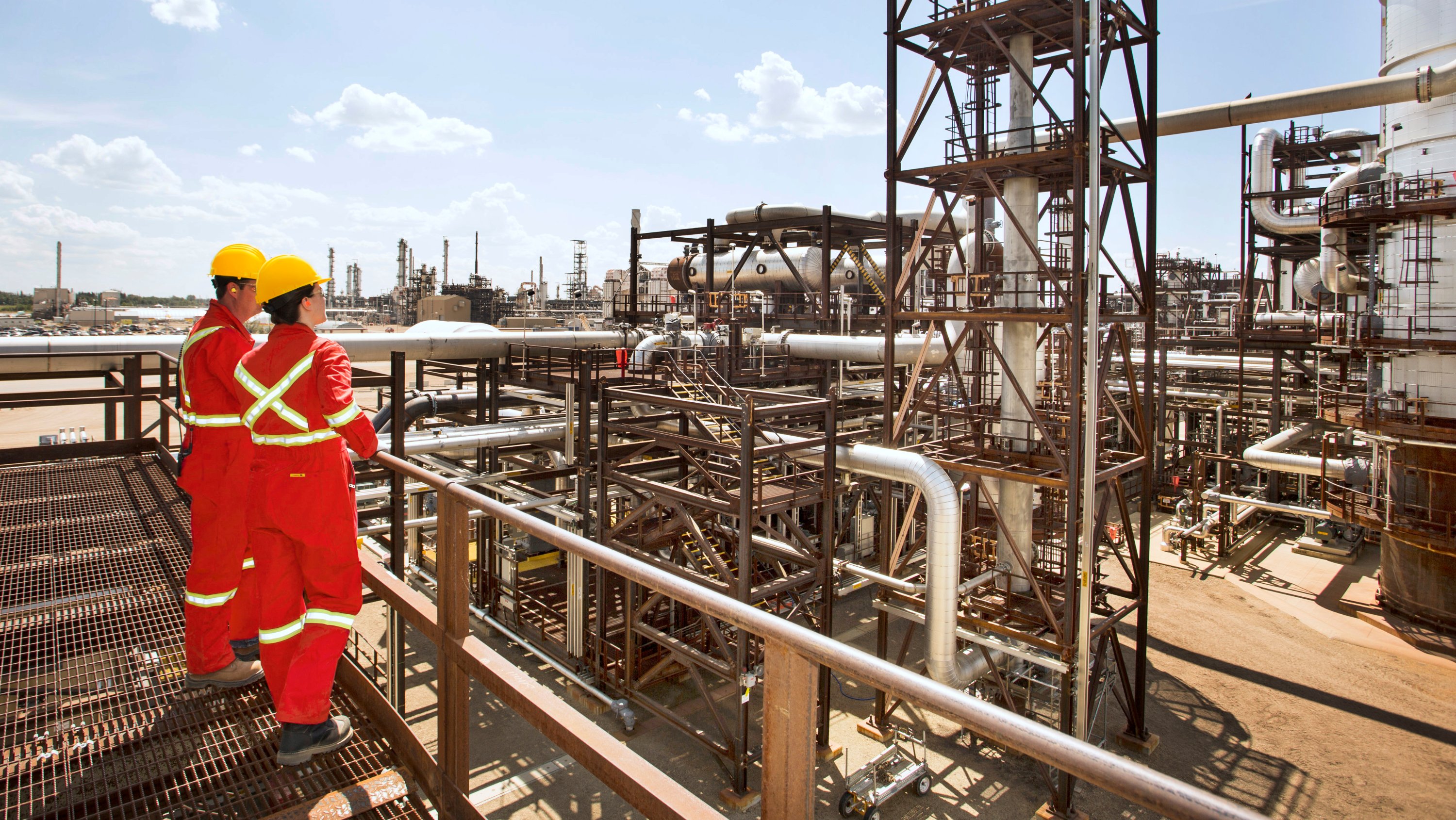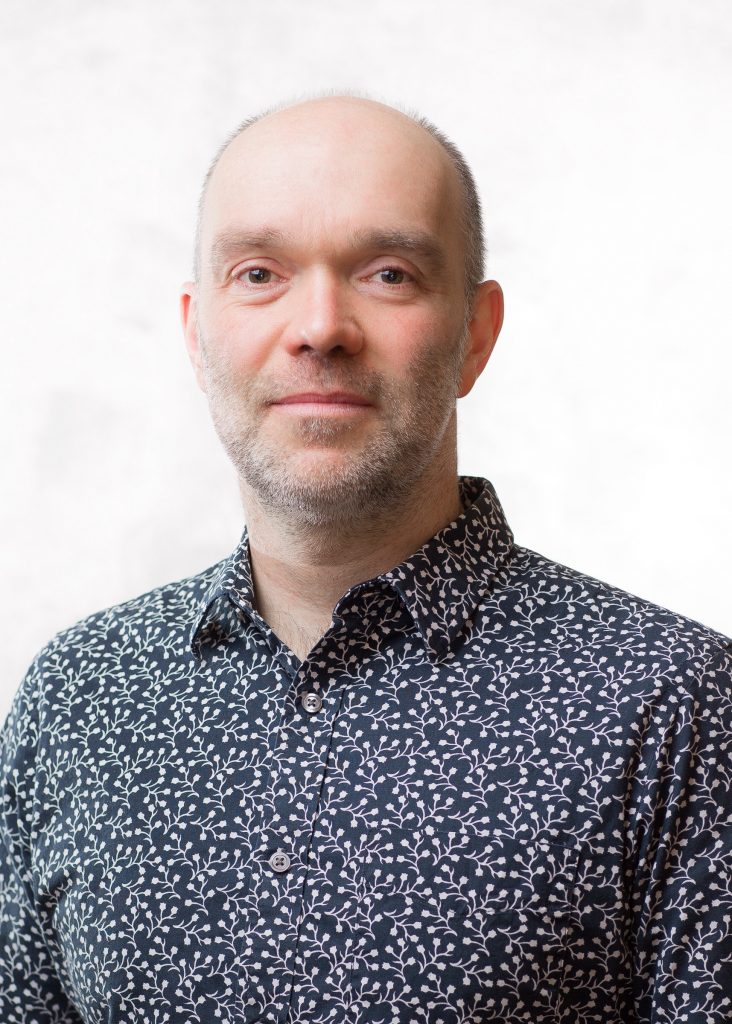Carbon capture and storage facilities can sequester large amounts of carbon dioxide emissions and prevent them from entering the atmosphere — but effective and cost-efficient monitoring technology is needed to ensure the CO2 being put into the ground is actually staying there.
“The challenge here is that we want the CO2 to stay underground for generations, and therefore it’s not sufficient to just store it underground and forget about it. It needs constant, consistent monitoring over long periods of time,” explained Mirko van der Baan, a researcher in the University of Alberta’s Faculty of Science. “That can become expensive very quickly depending on the technology we’re using.”
Van der Baan is part of an interdisciplinary team looking to develop monitoring technology that can track very small microseismic events. Observations of such events can be used to verify the integrity of the storage unit and assess the level of seismic activity.
“We want to have something that’s both environmentally and economically sustainable,” said van der Baan.

The project, called “Effective monitoring of long-term site stability for transparent carbon capture and storage hazard assessment,” or ENSURE, received $1 million in funding support announced March 3. ENSURE is a partnership with government and industry, and involves international partners as well as a component that analyzes public perception.
Approximately $500,000 of in-kind funding was given by the Quest venture, located in the Scotford Upgrader operated by Shell Canada Ltd. and owned by Canadian Natural Resources Limited, Chevron Canada Oil Sands Partnership and Shell Canada Ltd. The Quest team is providing infrastructure and personnel to help move the project forward in the Quest Carbon Capture and Storage facility. The funding was matched by Emissions Reduction Alberta to support the academic component of the project, allowing researchers to analyze the data from the Quest facility and the results of the public perception surveys that will be done.
A fibre optic failsafe?
One of the monitoring technologies being tested by ENSURE involves fibre optic cables — very similar to those used to deliver internet service. These cables are deployed in the wells at the CO2 injection site.
When sound waves from microseismic events interact with the cable, it gets locally extended or contracted and the resulting signal can be processed to generate seismograms very similar to those generated by traditional or mechanical seismometers. “We’re looking at whether this is a cost-effective way of monitoring,” van der Baan explained.
The U of A team van der Baan is leading will work with the Quest team by installing fibre optic cables in the injection wells at the facility and giving the researchers access to existing data —a benefit from having been monitoring the Quest site for five years.
While van der Baan and his team are looking at the Quest facility, ENSURE is part of a much larger international project involving partners in numerous other countries, with teams also looking at local carbon capture and storage facilities and evaluating the monitoring systems there.
Through a combination of the existing data, new data, and international partners and the insights they glean, the researchers hope to develop a traffic light threshold system that will help in evaluating these microseismic events. This system is already used with induced seismicity, associated with things like saltwater disposal to gauge acceptable levels of ground motion, explained van der Baan, who also leads the Microseismic Industry Consortium.
“One of the aims is to look at traffic light systems and whether they could be used for CO2 storage monitoring as well, and examining what would be a system that is both tenable — something we can measure over longer periods of time — and that balances economic versus public safety measures,” van der Baan said.
Gauging public perceptions
Another critical component of the project, also happening on an international scale, is assessing and analyzing public perceptions about carbon capture technology. Led by Sven Anders, an agricultural economist and professor in the Faculty of Agricultural, Life & Environmental Sciences, it’s the biggest survey of its kind on carbon capture and storage, aimed at understanding the perspectives of thousands of people in Canada, Norway, Germany, Italy and the Netherlands, among other countries.
The perception part of the project addresses another essential need, one van der Baan refers to as “public licence to operate” — the public’s willingness to accept new carbon capture and storage technology.
As van der Baan explained, one concern companies may have is that more effective monitoring tools means even smaller fractures generated are tracked — even if they aren’t of concern from a ground stability or seal integrity perspective. The increase in these microseismic events could be alarming to the public. Anders and his team are looking to evaluate that relationship between perceived and actual risks to see how to best inform and educate the public about carbon capture technology.

